The months of March through May and September through December offer the most favorable conditions for hiking to Annapurna Base Camp. The weather is often pleasant throughout these months, and the scenery is breathtaking.
Even during the months with the most favorable conditions, the weather can be unpredictable. There is a chance of clear skies in the morning followed by cloudy skies in the afternoon. It’s also possible for things to work in the opposite direction. Because of this, it is essential to ensure that you are ready for any kind of weather.
Because of the region’s frequent and heavy rainfall, hikers typically avoid the region during the summer monsoon months of July and August. It could be an uncomfortable experience for hikers due to the possibility of encountering a large number of leeches. Even while winter has some of the most pleasant weather, temperatures can drop below freezing in the mornings and evenings, particularly in the more elevated parts of the highlands.
For a seasonal breakdown of the Annapurna Base Camp Trek have a look below.
Spring (March -April-May)
The months of March, April, and May constitute spring, the second-best time totrek in Nepal and an especially lovely period to climb in the Annapurna. The weather in the spring is very much like the weather in the fall.
As springtime blossoms everywhere, you may expect to catch a thrilling glimpse of rhododendrons at every turn. If you want to see beautiful scenery and enjoy comfortable weather, you should plan your hike around the beginning of spring.
Summer/Monsoon (June, July, August)
Summer and the Monsoon season overlap over the months of June, July, and August. For this reason, it is also the wettest and hence the hottest season in Nepal. Late June is typically when monsoon season starts. The season is avoided by treks because of the high rainfall and periodic thunderstorms that occur during this time. It’s possible that the trails will become extremely muddy and slippery, increasing the danger level.
Moreover, leeches are common in the ABC’s lower forest areas. Very few trekkers choose to go on a Summer hike because of the risk of landslides.
Autumn (September, October, November)
Autumn’s September–November months are prime hiking time in ABC. This is when you’ll see the most people out on the trails. The bright skies and mild temperatures of autumn, combined with the vibrant Dashain and Tihar celebrations, make for a swarm of hikers every year. Fall is the greatest time to visit if you don’t mind crowds and cooler weather.
Winter (December -January-February )
When planning a winter trek in Annapurna, temperature is the most important issue to consider. It’s possible that winter is the best time to go trekking in ABC for those who prefer to be alone, as there are fewer people on the trails then. But the winter months can bring harsher weather conditions. Therefore, it is crucial that you come prepared for your journey to Annapurna Base Camp in the winter.
In addition, visit our trekking season information section for further details.
Read other related informations about the Annapurna Base Camp Trek.
Reasons to do Annapurna Base Camp Trek.
Annapurna Base Camp Trek Training
Annapurna Base Camp Trek Difficulty
Weather information about Annapurna Base Camp Trek
Annapurna VS Everest Base Camp Trek











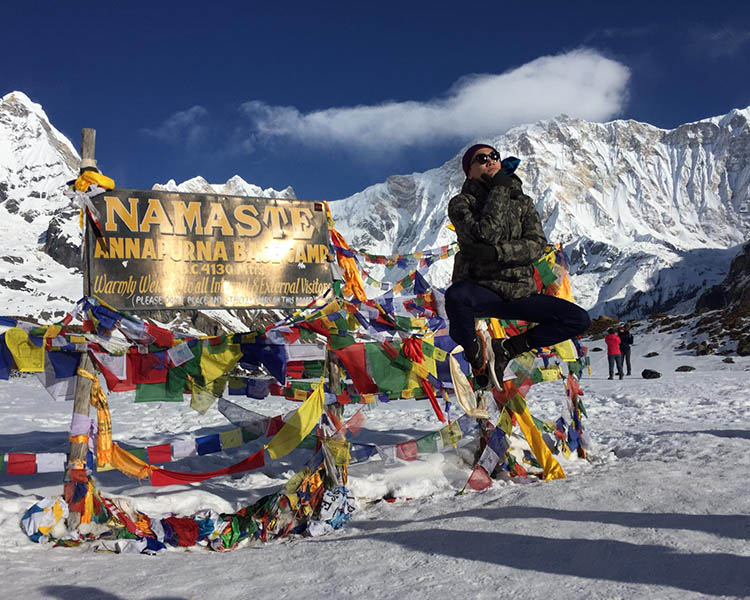
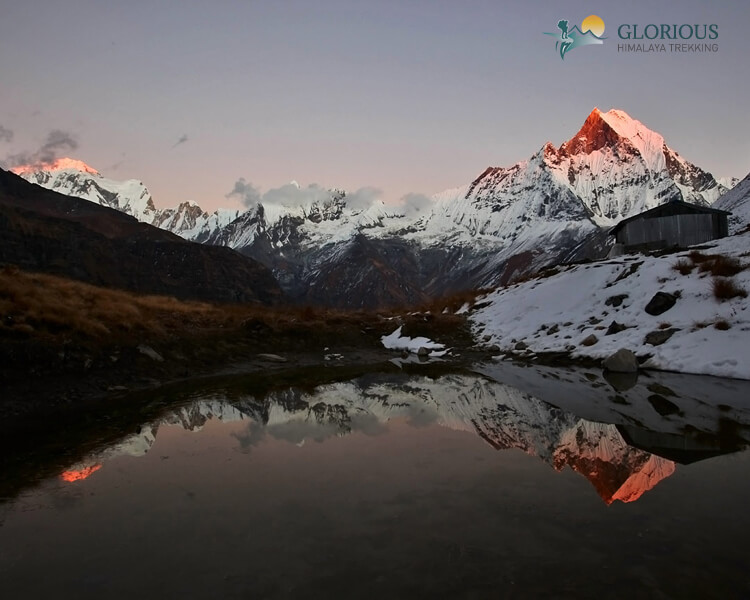


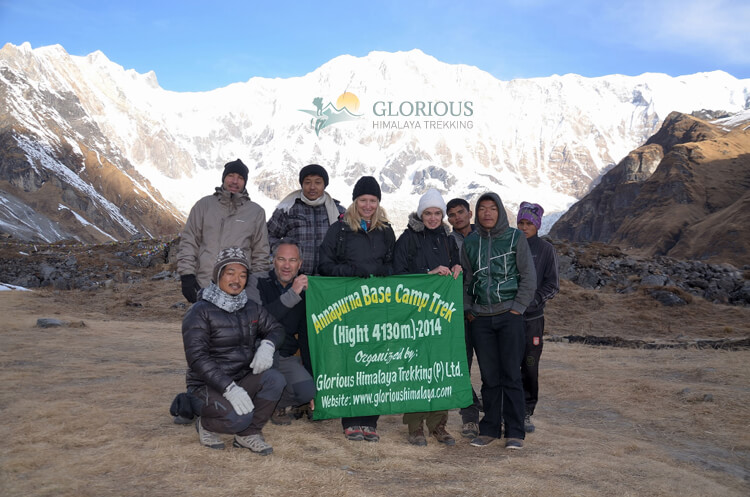
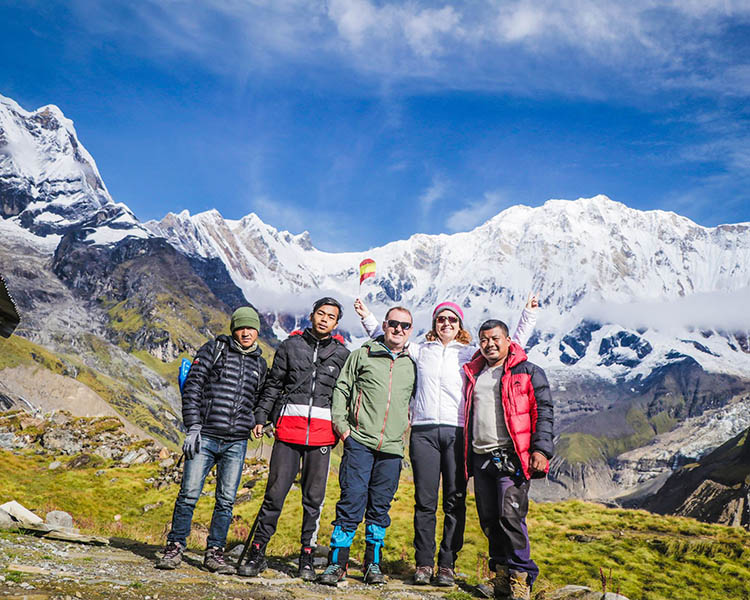
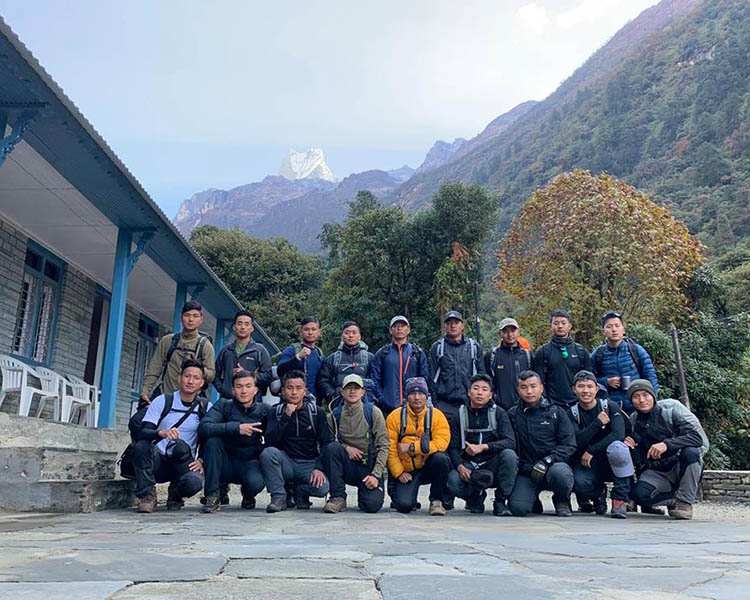
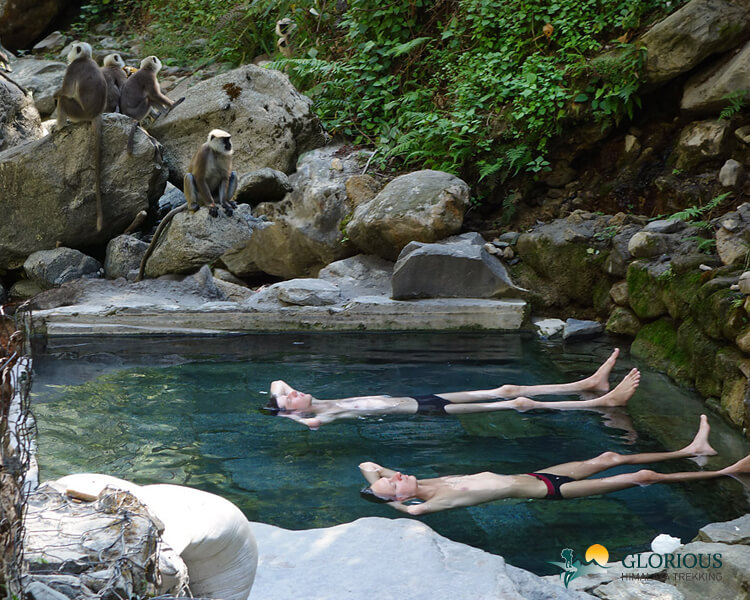


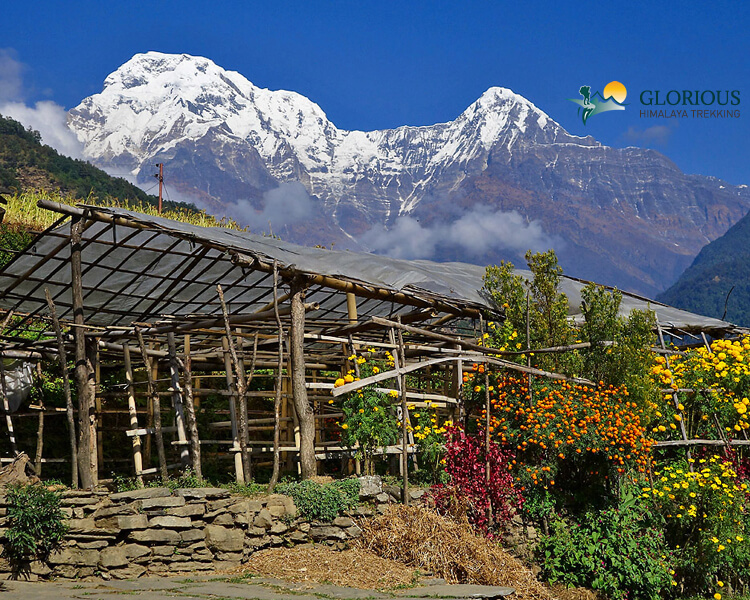

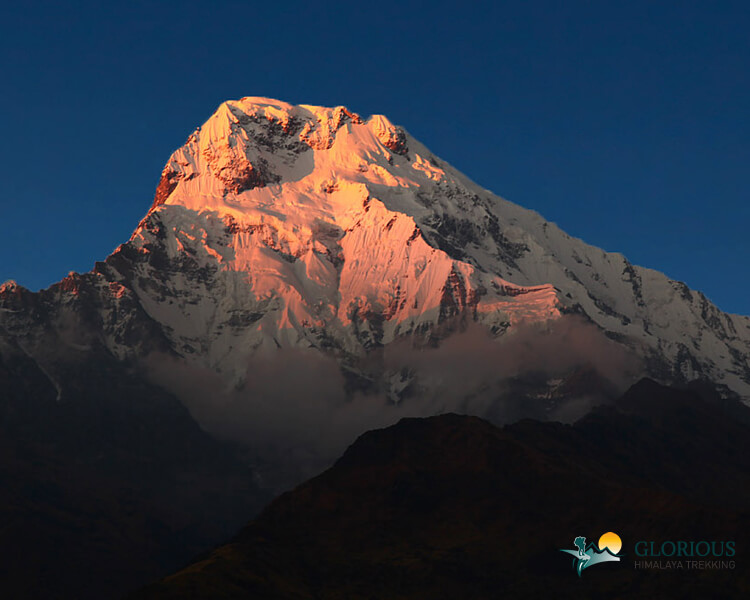
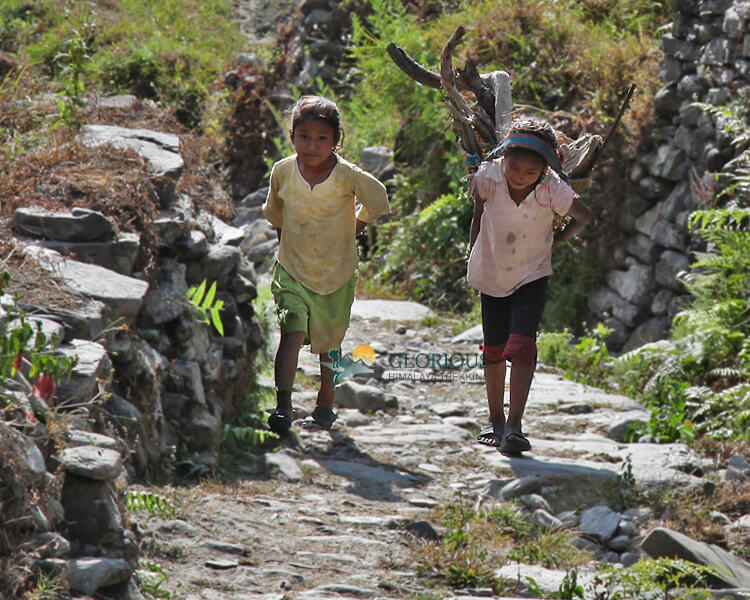







Glorious Himalaya Trekking provided us with an exceptional Annapurna Base Camp trek experience, seamlessly blending professionalism and warmth. Their knowledgeable and friendly staffs ensured a safe and enjoyable journey, leaving me with enduring memories of the breathtaking landscapes and their excellent service.
Jack Steven
Australia